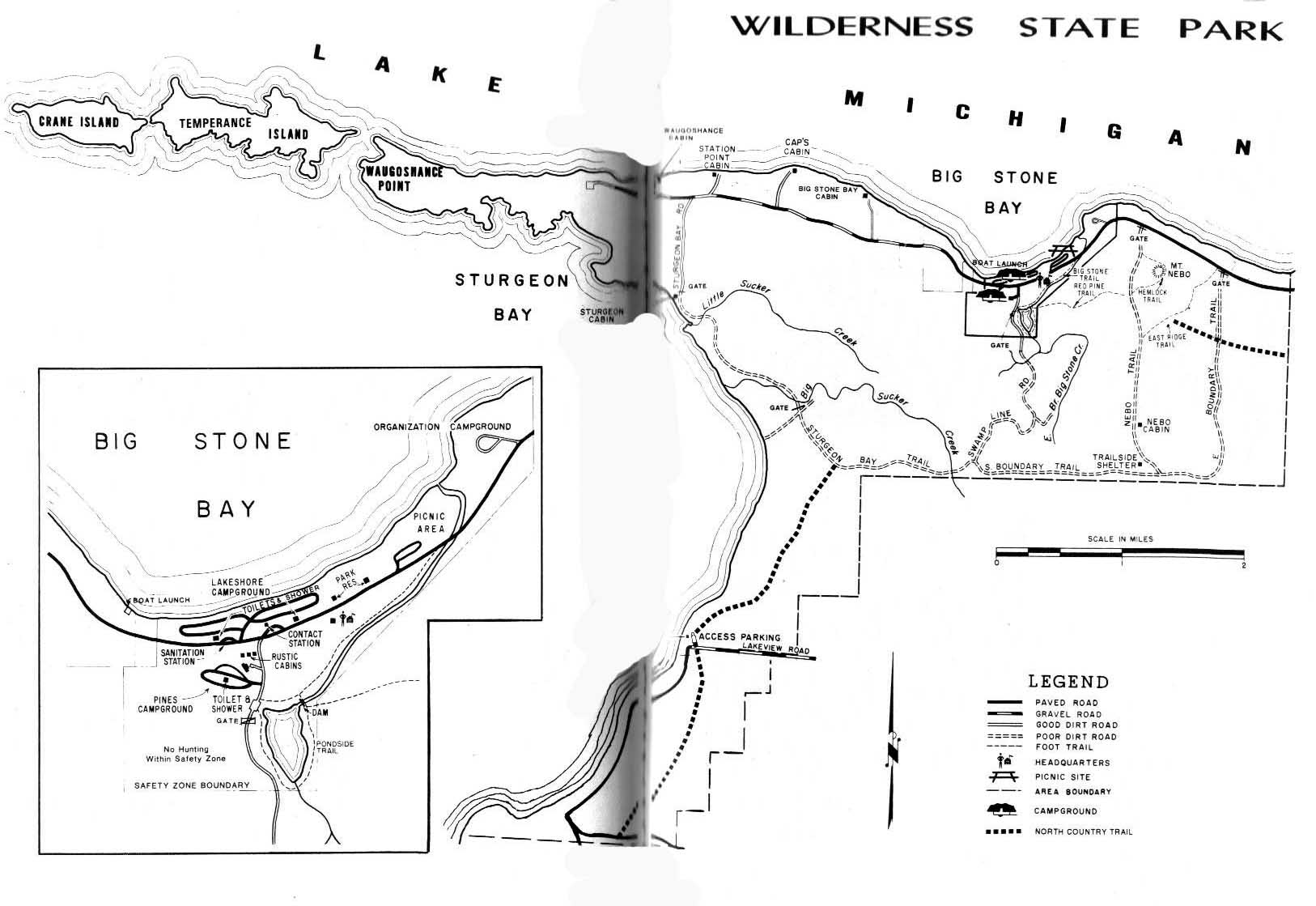MACKINAC ISLAND
A bit of History
Before the French explored the Mackinac
area in the 1600s, the Mackinac area was inhabited by the Ottawa and
Chippewa (Ojibwa) and Huron clans. In 1634 Jean Nicolet discovered the
Mackinac Area. In the mid 1600's French Jesuit priests arrived at the
Michilimackinac region where St. Ignace presently is located. 1671 The
Mission at St. Ignace de Michilimackinac was founded by father Pierre
Marquette. The French established Fort Michilimackinac at a place which is
now a part of St. Ignace.
In July, 1763 Chippewa Chief Pontiac's 350 braves gained entrance to the
Fort through the ruse of a ball game now knows as lacrosse and massacred the
entire garrison of 93 English soldiers. The "Pontiac Uprising" is reenacted
every memorial day in Mackinaw City.
On Mackinac Island the Mackinaw Fur
Company and, later, the Southwestern Fur Company, were formed both under
British control. John Jacob Astor of New York secured a controlling interest
in both of those companies, and he merged those two companies into one
company named the American Fur Company. The headquarters of the American Fur
Company was at Mackinac Island, long before Chicago, Milwaukee, or St. Paul
ever came into existence. The American Fur Company flourished for about 20
years, from 1814 - 1834.
Although the United States surrendered Fort Mackinac to the British during
the War of 1812, the U. S. won it back through the Treaty of Ghent in 1814.
The Treaty of Ghent was proclaimed, following which Mackinac Island was
returned to the United States, and the United States flag again flew over
Mackinac Island. The name of Fort George was changed to Fort Holmes. The
United States has held Mackinac Island ever since. The British forces turned
over to the United States the Fort at Mackinac Island on February 15, 1815.
The British retired 40 miles away, to Drummond Island. U. S. Colonel Butler
took command.
Mackinac Bridge was built 1957.
project..mackinawcity-mi.com/history.html

About the Island
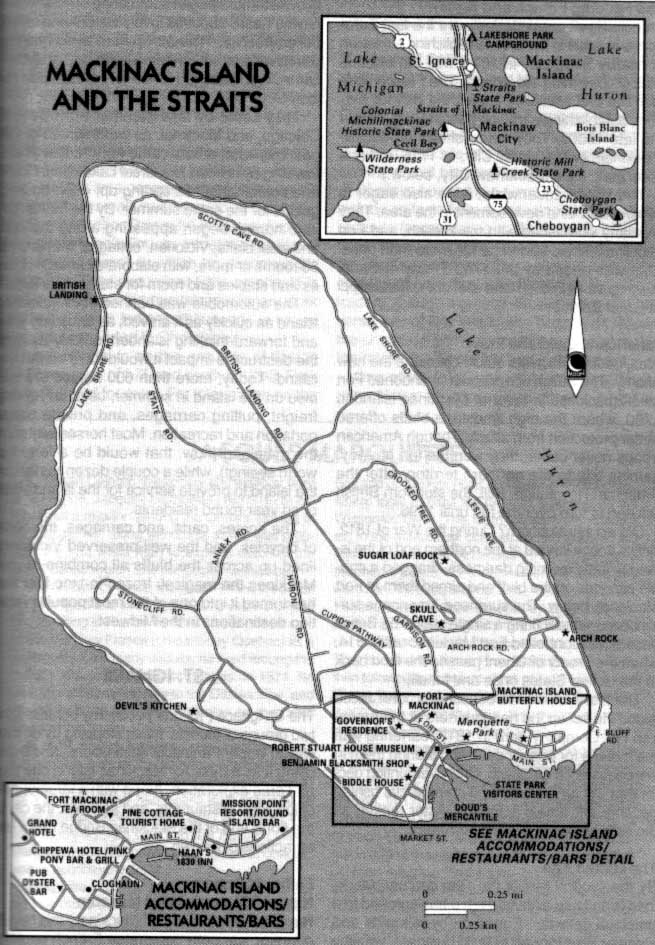
Mackinac Island is a 2,200 acre island that was an important base for French fur trappers and a fort for British soldiers. Mackinac chose to preserve the Victorian era that is present in the 1887 Grand Hotel. 82% of the island is state park. Located at the crest of the bluff is the whitewashed Fort Mackinac. (Lassen).

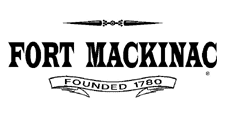

Constructed by British soldiers during the American Revolution, Fort Mackinac served as a sentinel in the Straits of Mackinac for 115 years. Today the original restored fort is a National Historic Landmark. There are 14 buildings within the fort including: the barracks, officers� quarters, and post hospital. Fort Mackinac is located on a limestone bluff accessible by ferries from Mackinaw City and St. Ignace.
Mackinaw City: History of the Ferry
When the Mackinac Bridge opened to traffic on November 1, 1957, car ferry service between Mackinaw City and St. Ignace ended. In 34 years of service, the ferries operated by the Department of State Highways carried approximately 12 million vehicles and more than 30 million passengers across the Straits of Mackinac.
Most travelers, including many who made regular crossings, viewed the passing of the state ferries with mixed emotions. The new $100 million bridge came as a blessing and a necessity, boosting tourist traffic in the Upper Peninsula and helping economic development. Driving by auto high above the blue waters of the Straits is a memorable experience. But the leisurely five-mile ferry trip was a thrill of its own. For many passengers, it was their only experience aboard a ship.
The state ferry operation, in effect a highway over water, was unique in being the first service of its kind operated by a state highway department. It came into being through an act of the State Legislature, which reacted to public displeasure with the infrequent and expensive ferry service for motor vehicles provided by railroad boats.
Mackinaw City - 1924: The other boat purchased from the federal government was renamed "Mackinaw City". Business at the Straits nearly quadrupled in the second year, with more than 38,000 vehicles making the crossing. In 1925, the capacity of both boats was increased to 60 cars each.
The Straits of Mackinac - 1928: A third boat, "The Straits of Mackinac", joined the fleet in 1928 and provided service across the Straits until the opening of the Mackinac Bridge on November 1, 1957. This boat was built for the Highway Department to carry approximately 35 vehicles. Within two years, the ferry was modified with an upper level loading area which increased the capacity to 90 cars and up to 400 passengers. For many years, "The Straits of Mackinac" was considered the flagship of the Michigan State Ferry fleet.
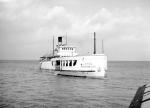
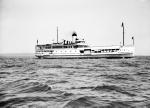
Colonial Michilimackinac Historic State Park
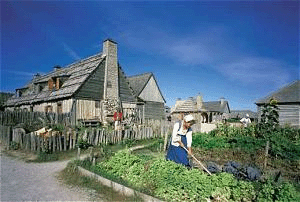
An 18th century fur trading post, archaeologists have been digging up treasures here for nearly 60 years. It was a well traveled Indian hunting and trading ground when the French built a post here in 1715. The French Exploited the Indians, bribing them with gifts and alcohol, and encouraging them to work in the fur trade.
The fort�s most violent episode occurred while it was under British rule. In 1763, Pontiac, the Ottawa war chief, ordered an attack on British posts all over Michigan, an attempt to drive the growing British population out of their native land. While Pontiac laid siege to Detroit, local Ojibwa stormed the fort, killing all but 13 soldiers. In the end, though, it was the feisty colonists who send the British fleeing from Fort Michilimackinac. (Lassen)
At Colonial Michilimackinac you can expect to see the firing of 18th century muskets, drill, cannon firing, a re-enactment of the fur-trading era, a French Colonial Wedding and Dance, Native American encampment and more.
Historic Mill Creek State Park
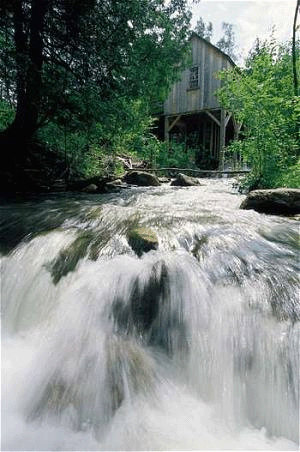
As the Straits of Mackinac's first industrial complex, Mill Creek provided sawn lumber for the settlement of Mackinac Island in the 1790s. When the British moved their military post from Fort Michilimackinac on the mainland to Mackinac Island, they created a huge demand for lumber. (DuFresne) A man by the name of Robert Campbell recognized the need for lumber and purchased 640 acres of land around the only waterway in the area with enough flow to power a sawmill. After the mill was built in 1790 he added a blacksmith shop and gristmill. The mill was abandoned in the mid-1800�s and archaeologists and historians have been re-creating the water-powered sawmill since the 1970�s. (Lassen)
Wilderness State Park
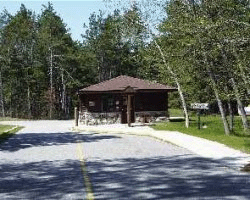
Wilderness State Park is located in the Straits travel region 11 miles west of Mackinaw City. The 8,286 acre unit, the second largest state park in the Lower Peninsula, contains more than 30 miles of shoreline, a dedicated natural area, and a vast network of trails. The park is a haven for the piper plover, whitetail deer, black bear, and beaver.
http://areas.wildernet.com/pages/area.cfm?areaID=MISPW&CU_ID=165

Other Attractions
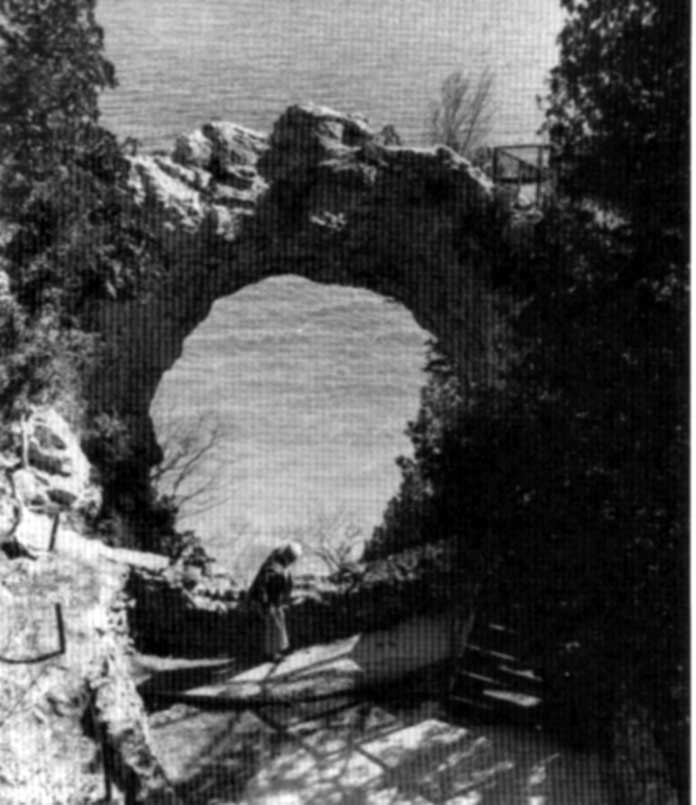
Spectacular prehistoric geological formations Arch Rock and Sugar Loaf are natural limestone wonders that tower over the Straits. Sunset Rock on the island�s west bluff was purchased in September of 2002 and offers a spectacular view of Lake Huron and the Mackinac Bridge.
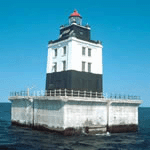
Eastbound Cruise: You�ll start by passing under the Mackinac Bridge for a sight rarely seen. Then you�ll head across the Straits between Round Island Light and Round Island Passage Light. Turning east, you�ll pass by the privately owned Bois Blanc Light, Poe Reef and Fourteen Foot Shoal Lights mark your turn into the South Channel.
REFERENCES
DuFresne, Jim. Michigan State Parks: A complete Recreation Guide. The Mountaineers, Washington, 1998.
Fix, Alexandra. All Around Michigan: Regions and Resources. Heinemann Library, Chicago, Illinois, 2004.
Miller, Dean F., State Parks On the Great Lakes. Glovebox Guidebooks of America, Michigan, 1997.
Penrod, John. Michigan. Berrien Center, Michigan, 1994
http://areas.wildernet.com/pages/area.cfm?areaID=MISPW&CU_ID=165
You have three choices of excellent FERRY SERVICE to Mackinac Island:
www.sheplersferry.com/
www.arnoldline.com
www.mackinacferry.com
